Marketing 10th Canadian Edition By Frederick Crane – Test Bank
Chapter 11
Managing Products and Brands
Multiple Choice Questions
- Canada’s most trusted brands, such as Heinz and Kraft, have built consumer trust based on positive and consistent product experience as well as:
A.functional innovation
B. consumer innovation
C. product consistency
D. product innovation
(Chapter Opening Example) Today, Canadian top brands built consumer trust based on positive and consistent product experience; frequently build on meaningful innovation and a perception of strong value.
Blooms: Understand
Difficulty: Medium
Learning Objective: 11-01 Explain the product life cycle.
Topic: 11-01 Product Life Cycle
- Today, Canadian consumers trust brands on two key dimensions: __________ trust and ___________ trust.
A.consumer connection; emotional
B. functional; environmental
C. functional; emotional
D. community; fundamental
(Chapter Opening Example) Today, Canadian shoppers reveal that “brand trust” is based on two key dimensions: functional trust and emotional trust.
Blooms: Remember
Difficulty: Easy
Learning Objective: 11-01 Explain the product life cycle.
Topic: 11-01 Product Life Cycle
- The traditional brand metrics of quality, reliability, and consistency are part of _________ trust.
A.emotional
B. environmental
C. national
D. functional
(Chapter Opening Example) Today, Canadian shoppers reveal that “brand trust” is based on two key dimensions: functional trust and emotional trust.
Blooms: Remember
Difficulty: Easy
Learning Objective: 11-01 Explain the product life cycle.
Topic: 11-01 Product Life Cycle
- The number of consumers who buy the brand they trust on sale versus a private label brand is:
A.75%
B. 74%
C. 60%
D. 70%
(Chapter Opening Example) Seventy four percent of Canadian shoppers revealed they preferred to buy their preferred and trusted brands on sale rather than the generic or private labelled brands.
Blooms: Understand
Difficulty: Easy
Learning Objective: 11-01 Explain the product life cycle.
Topic: 11-01 Product Life Cycle
- Dove, a health and beauty brand, has built its brand trust on quality perceptions and effectiveness along with a connection to:
A.social media
B. real beauty
C. a product line
D. community
(Chapter Opening Example) Today, Canadian shoppers reveal that “brand trust” is based on two key dimensions plus community responsibility, consumer connection, environmental policies, and workplace practices.
Blooms: Understand
Difficulty: Easy
Learning Objective: 11-01 Explain the product life cycle.
Topic: 11-01 Product Life Cycle
- When Molson launched Canadian Cider, consumers who trusted the brand were _____________ to buy it first.
A.more likely than other beer drinkers
B. less likely than other beer drinkers
C. just as likely as other beer drinkers
D. not likely
(Chapter Opening Example) Today, Canadian shoppers reveal that they are more likely to buy new products from “brands they trust” already.
Blooms: Apply
Difficulty: Hard
Learning Objective: 11-01 Explain the product life cycle.
Topic: 11-01 Product Life Cycle
- Canadian shoppers have brands they trust as well as the retailer they buy from. All of the following are trusted retailers EXCEPT:
A.Mark’s Work Wearhouse
B. Tim Hortons
C. The Brick Furniture Warehouse
D. Shoppers Drug Mart
(Chapter Opening Example) Today, Canadian shoppers reveal that they are more likely to buy from “retailers they trust” such as Tim Hortons, The Brick, Shoppers Drug Mart, Canadian Tire, Carter’s, and Hudson’s Bay.
Blooms: Understand
Difficulty: Hard
Learning Objective: 11-01 Explain the product life cycle.
Topic: 11-01 Product Life Cycle
- A new start-up recently finished prototyping their virtual reality glasses, and they are now available at select retailers across the country. What stage of the product life cycle are these glasses in?
A.growth
B. commercialization
C. launch
D. introduction
Introduction is the first stage of commercialization, after prototyping.
Blooms: Apply
Difficulty: Medium
Learning Objective: 11-01 Explain the product life cycle.
Topic: 11-01 Product Life Cycle
- Lack of profit in the introductory stage of the product life cycle is very often the result of:
A.insufficient allocation of resources to the marketing mix.
B. poor selection of distribution channels.
C. high taxes.
D. large investment costs in product development.
The lack of profit is often a result of the large costs of product development.
Blooms: Understand
Difficulty: Easy
Learning Objective: 11-01 Explain the product life cycle.
Topic: 11-02 Introduction Stage
- A new cleaning company offers a free trial to all consumers who are willing to try their new counter-top cleaning solution. If customers do not like the product, they will get their purchase price refunded. This marketing activity is likely found in which stage of the product life cycle?
A.introduction
B. growth
C. maturity
D. decline


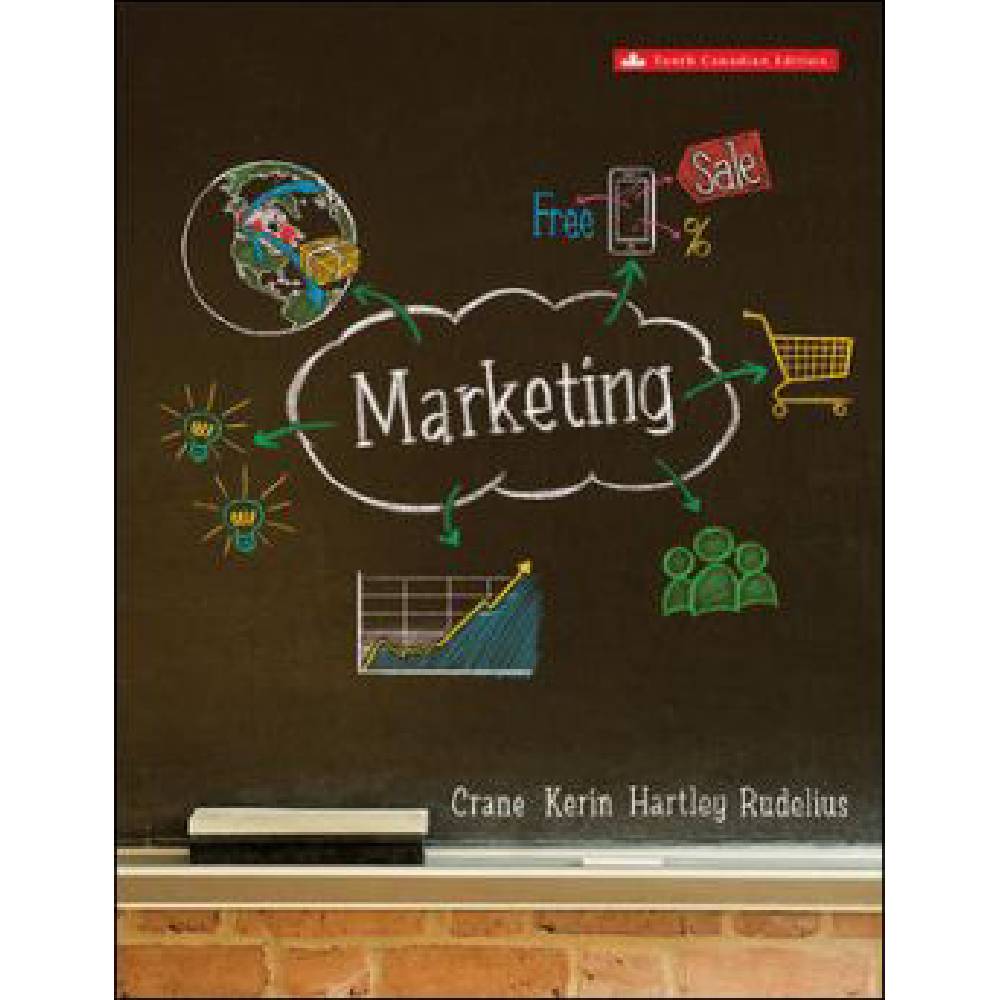



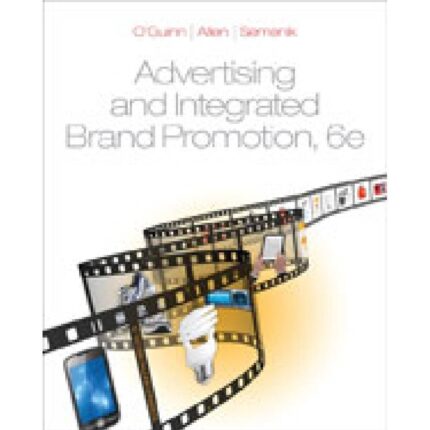

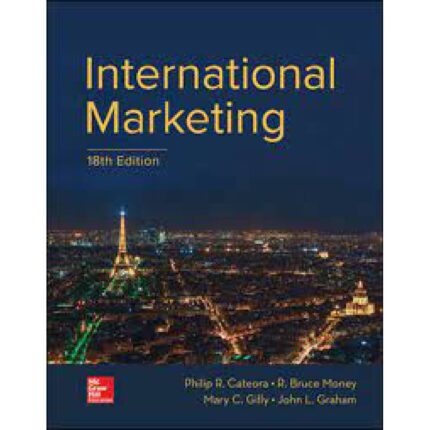

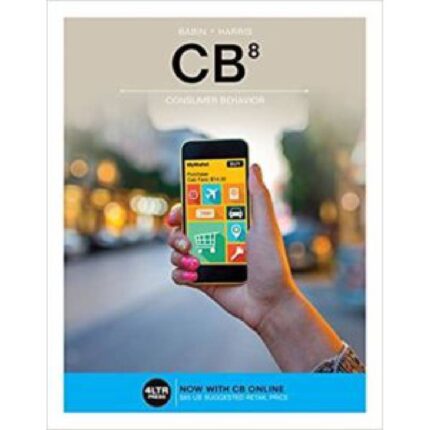
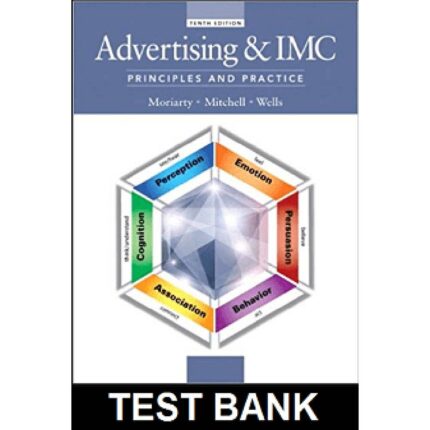

Reviews
There are no reviews yet.